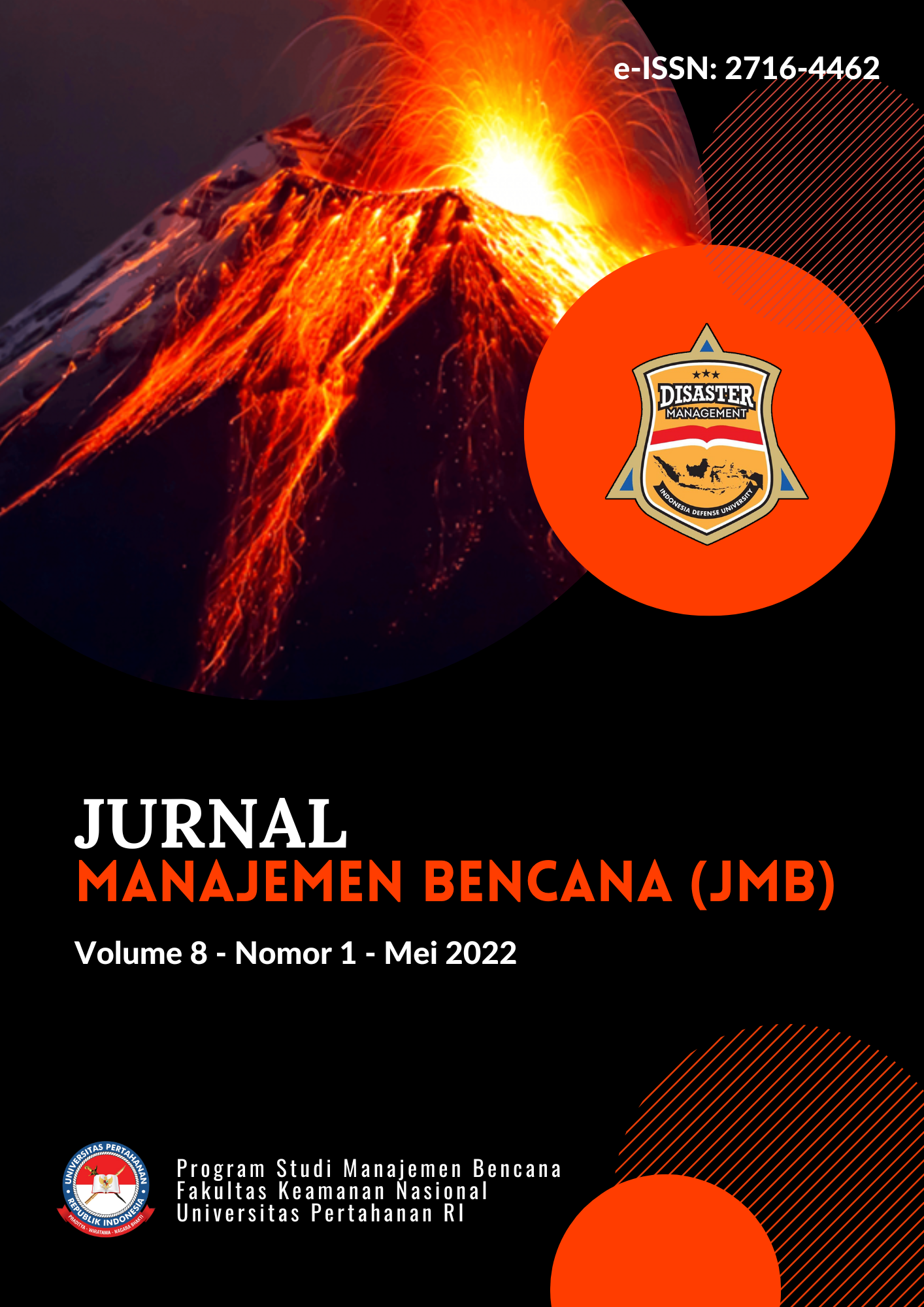MODEL PERENCANAAN KONTINGENSI DENGAN PARTISIPASI ANAK: STUDI KASUS ERUPSI GUNUNG MERAPI DI DESA GLAGAHARJO DAN PURWOBINANGUN
DOI:
https://doi.org/10.33172/jmb.v9i2.12609Abstrak
This research investigates the development and implementation of a contingency planning model that integrates the participation of children. Specifically, it centers on a case study involving the eruption of Mount Merapi in the communities of Glagaharjo and Purwobinangun. The study aims to assess the effectiveness and relevance of engaging children in disaster preparedness and response efforts, particularly in areas prone to volcanic activity. The study assesses the extent to which child participation enhances the overall resilience and adaptability of these communities during volcanic eruptions. A qualitative research method involving focus group interviews (FGI). In findings, model was proposed to improve the significance of incorporating child perspectives and contributions in contingency planning processes. Simple cycle model is developed and expected to be implemented based on the needs and the saturation of information obtained from the child group, ensuring that the information and opinions can be beneficial for the contingency planning process.
Unduhan
Diterbitkan
Cara Mengutip
Terbitan
Bagian
Lisensi
Hak Cipta (c) 2023 Pangarso Suryotomo, Gandar Mahojwala

Artikel ini berlisensi Creative Commons Attribution-NoDerivatives 4.0 International License.


